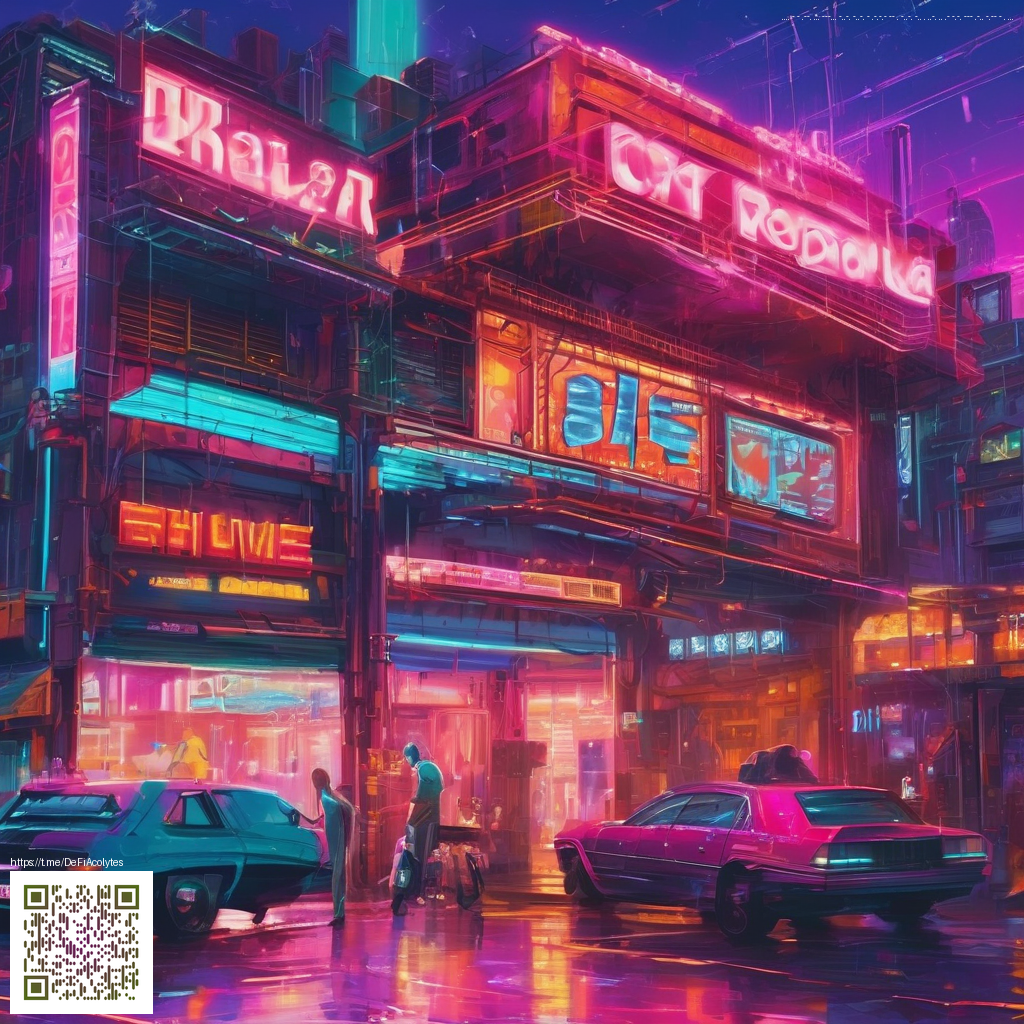
Mastering Torn Paper Effects: A Practical Guide for Digital Designers
Torn paper textures have a way of lending tangibility to digital compositions. They capture the tactile imperfection of real-world materials—frayed edges, fiber specks, and soft shadows—that make flat or vector-based designs feel richer. In this guide, we’ll explore how to simulate torn paper convincingly using common design tools, lighting cues, and thoughtful layering. The goal isn’t to mimic paper perfectly, but to evoke the sensation of paper being gently torn in a real space and then photographed with deliberate lighting.
What makes torn paper feel authentic?
- Jagged, uneven edges that vary in width and curvature, avoiding uniformity.
- Subtle shadows along the torn edge to imply depth and thickness.
- Color and fiber variation within the paper to suggest different stock or aging.
- Layering of torn pieces over one another to create a sense of physical depth.
“Texture is not just decoration; it is a bridge between digital surfaces and the physical world.”
While you can simulate torn edges with a single texture, the most convincing results come from combining edge masks, soft shadows, and a touch of color grading. Experiment with multiple torn-edge layers, each with varying opacity, to imitate how light would skim across layered sheets in a real project. If you’re curious about how such textures translate into product photography or branding visuals, you’ll notice that designers often blend dramatic lighting with bold edge treatment to create memorable shots. A practical example you can explore is the way neon accents are used to frame or highlight torn elements in contemporary product imagery, like this Custom Neon Mouse Pad — a reference point for edge illumination and color pop in modern design photography.
Core techniques to simulate torn edges
- Start with a base shape: Create or import a clean, rectangular panel that represents your paper. This could be a white or off-white layer to mimic standard stock.
- Mask the edge: Using a rough brush or a tapered mask, carve in irregular edges. Keep the mask slightly feathered to avoid a harsh line.
- Add torn-edge texture: Layer a torn-edge texture (or create one with a custom brush) above the base shape. Set the blend mode to Multiply or Overlay to integrate the texture with natural shading.
- Embed subtle shadows: Paint or clone-drop soft shadows just beneath the torn edges. A low opacity with a gentle blur simulates the lift of the paper from the surface underneath.
- Introduce fiber detail: A few stray fibers or speckled grain along the edge can dramatically boost realism. Keep this subtle to avoid a noisy look.
- Color variation: Add a hint of shadow color or a warm tint near the edge to mimic aging or light spill. This counters the monotony of a flat white edge.
Layering and lighting for depth
Depth is often achieved by smart layering. Consider a composition with multiple torn fragments stacked at different angles. Use a soft “ambient” shadow on the bottom layer and a sharper edge shadow on the top layer to create a sense of parallax. Directional lighting matters: light from the left can cast faint shadows to the right, giving your torn pieces a three-dimensional feel. If you’re assembling a montage for marketing or editorial work, this approach helps the torn elements anchor the scene rather than float awkwardly on the surface.
In practice, you don’t need a complicated setup to begin. Start with a strong base shape, add a rough-edged mask for the torn portion, then layer a high-resolution torn-paper texture. Play with opacity and blend modes until the tear reads as natural. When done correctly, the effect enhances typography, color blocks, and imagery without overpowering the design.
Tips for integrating torn paper into digital design projects
- Pair torn edges with bold typography to create contrast between rigid type and organic edge work.
- Use color bands near the tear to echo brand colors or to guide the viewer’s eye through the composition.
- Keep consistency across a campaign by applying the same tearing technique to multiple assets for a cohesive look.
- Test accessibility: ensure adequate contrast between torn elements and background text to maintain readability.
For creatives who want tactile momentum in their visuals, consider how a torn-paper motif can frame a product shot or banner. The goal is a tasteful balance where the tear adds character without compromising clarity. If you’re exploring neon accents or edge glow on some elements, the reference work mentioned earlier demonstrates how lighting can elevate edge treatment while maintaining legibility and polish.